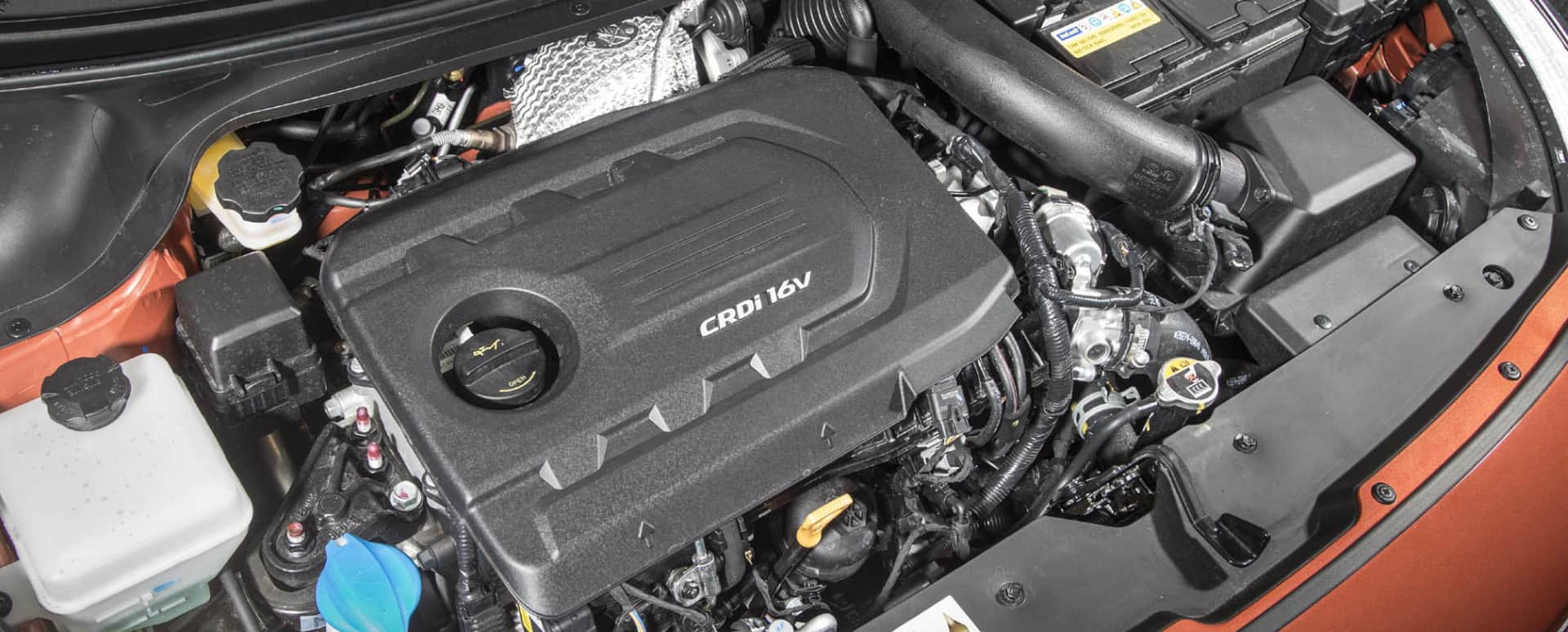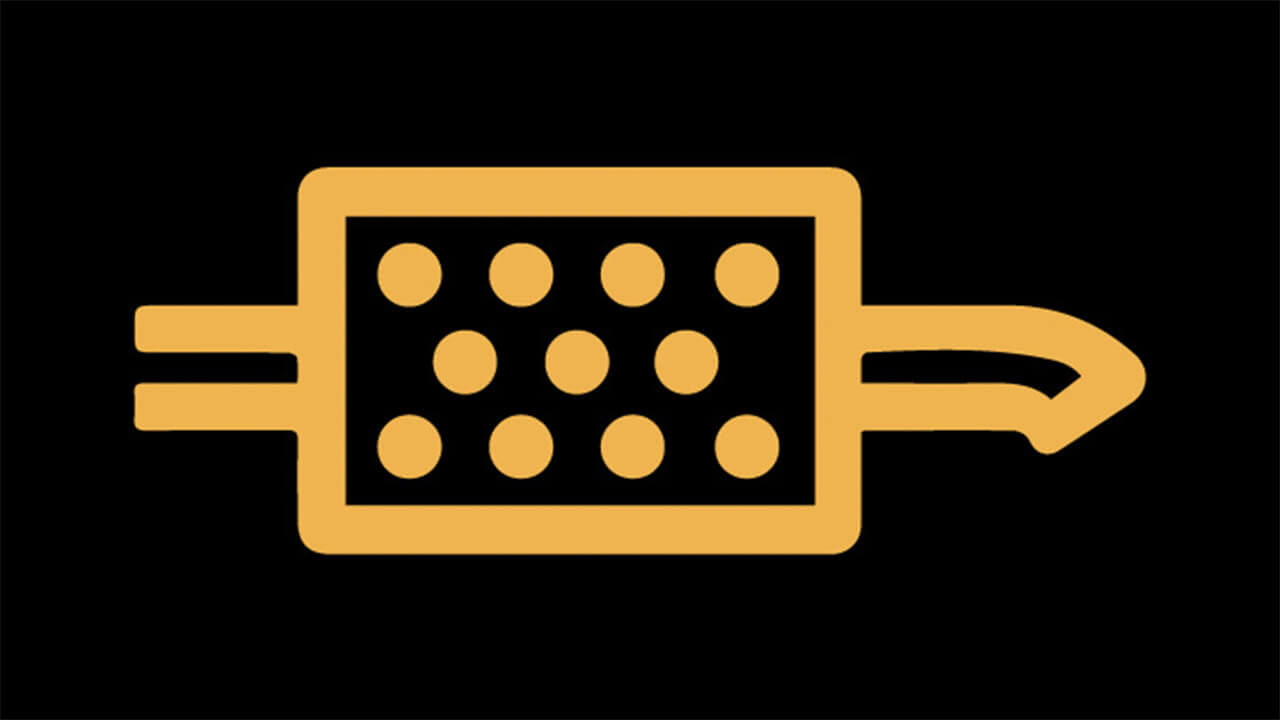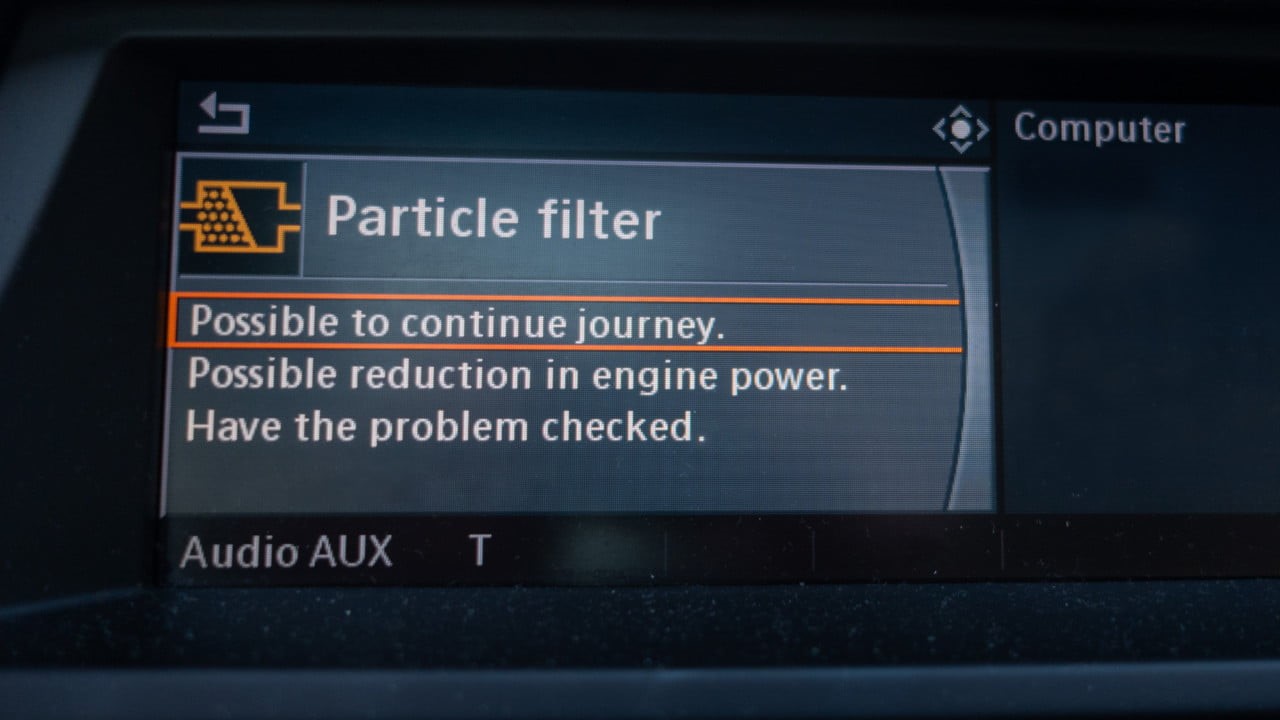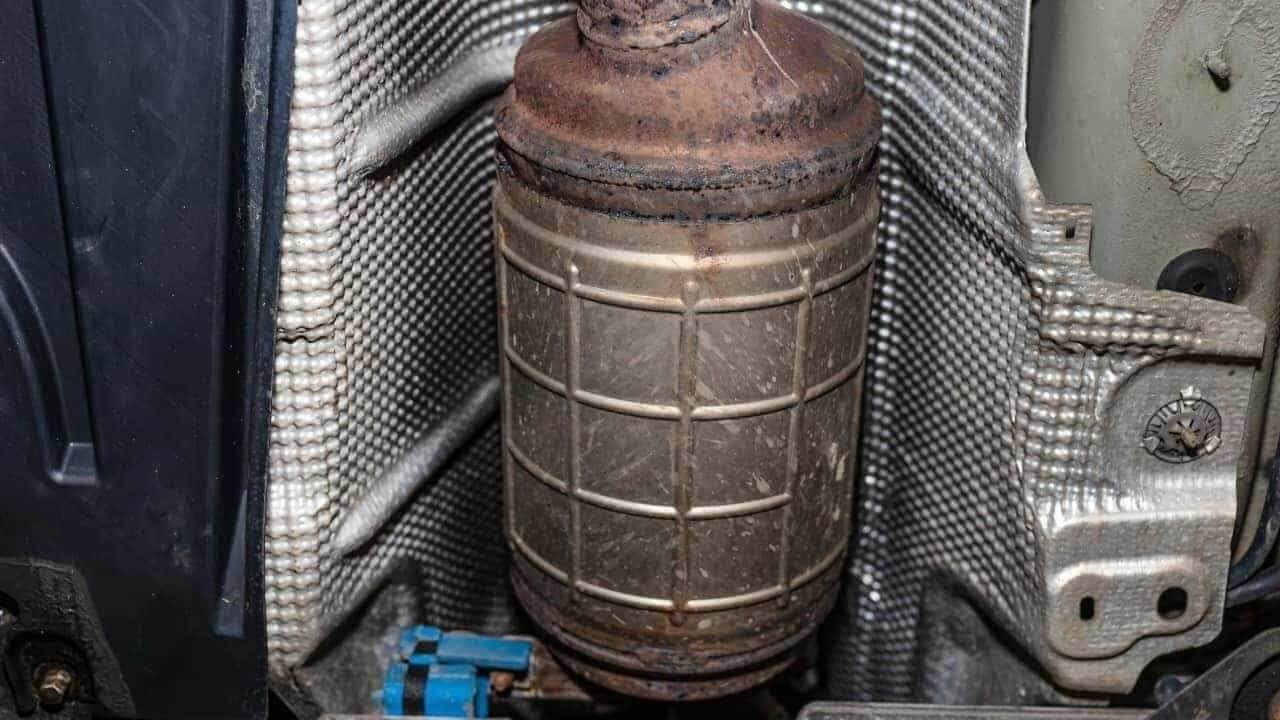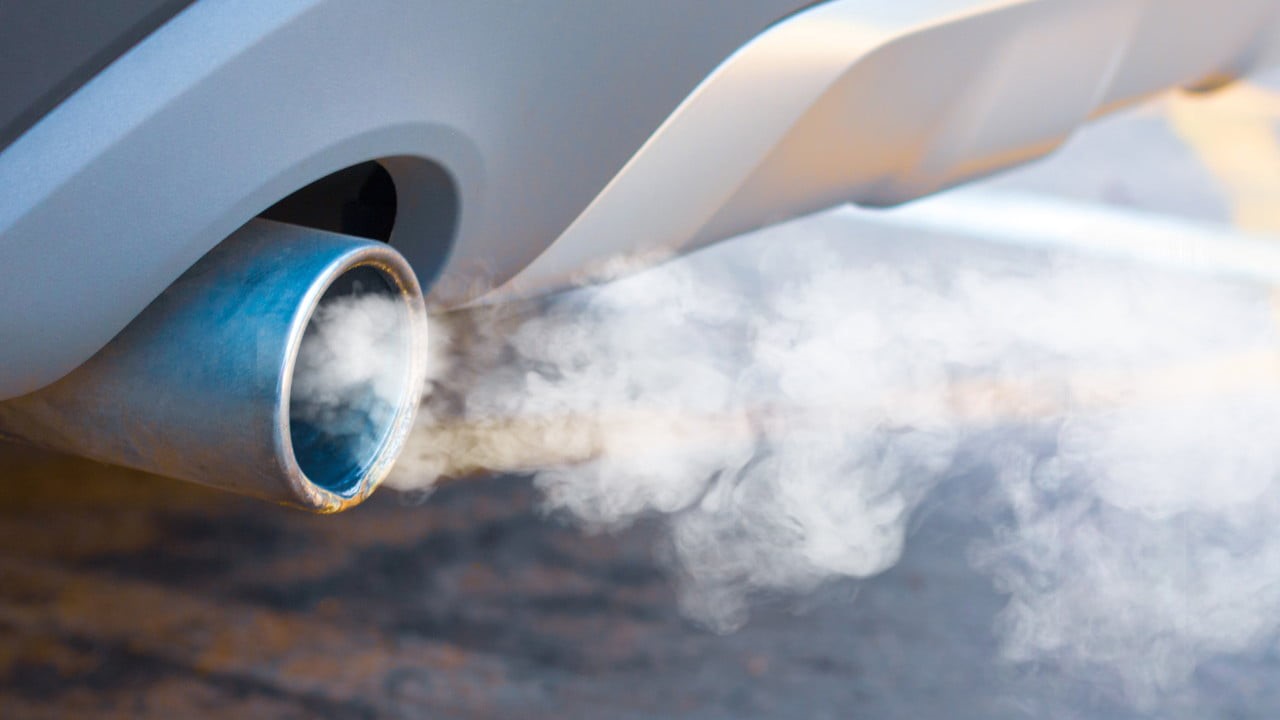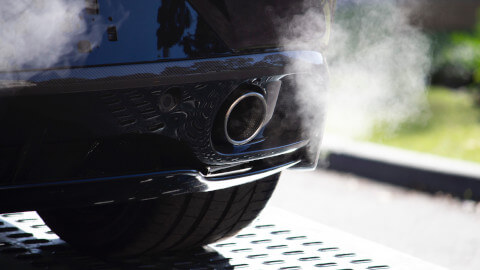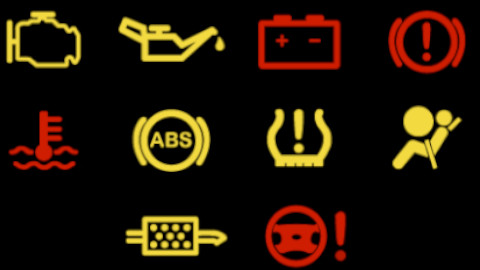What is a DPF?
A DPF, otherwise known as a 'Diesel Particulate Filter' captures and removes 'particle matter' (exhaust soot) from diesel exhaust gas.
As the soot (particle matter) contributes to air pollution, which in turn raises concerns in regard to human health, a DPF's job reduced these concerns as it reduces the pollutants.
In 2009, it was made a legal requirement for manufacturers to fit a DPF to all of their diesel cars.
But what happens to the collected particle matter, or exhaust soot? Read on below to find out, along with the answers to multiple DPF FAQs.
- How does a DPF work?
- Why is the DPF warning light illuminated on the dashboard?
- What's the difference between an Orange DPF warning light and a red warning light?
- How long does a DPF last, and how much does a DPF cost?
- Do petrol cars have a DPF?
How does a DPF work?
In simple terms, a DPF is a filter. Once the DPF has captured the polluting soot, it stores it until the engine reaches a high enough operating temperature to burn the soot, converting it to less polluting ash.
This process is called regeneration, and in DPF terms there is passive and active regeneration.
'Passive Regeneration' uses the heat of the exhaust whilst driving, usually around 30 to 45 minutes of a constant motorway or A-road journey is needed to burn the soot.
'Active Regeneration' is designed for when 'Passive Regeneration' isn't possible. Usually initiated every 300 miles or so and injects extra fuel to increase exhaust gas temperatures.
Why is the DPF warning light illuminated on the dashboard?
Usually, a DPF warning light in orange displays if a diesel car's DPF is clogged.
It's an easy enough fix, and usually just means the car needs a 'good run' at a constant speed so the DPF can work properly and use the exhaust heat to turn the soot to ash.
This is usually the case for diesel cars which don't cover a lot of miles, or ones that are used for short journeys. As expressed, a longer journey at constant speed upwards of 50mph should see the DPF light disappear.
However, if the light turns to red, it could mean the issue is more serious, and if ignored could damage the DPF.
Your preferred Evans Halshaw retailer can help with any DPF light issues you may have.
What's the difference between an Orange DPF warning light and a red warning light?
Engine warning lights are similar to that of a traffic light system. Therefore, red usually means stop and that you should look at the issue immediately, or as soon as safe to do so. If ignored, you could be doing further damage.
Orange lights are usually an advisory and mean a driver should take action to rectify the problem in the near future.
If a green warning light appears, it's usually a reminder that everything is okay.
In terms of a DPF light, orange could mean something as simple as taking the car on a longer constant speed journey, whereas red could mean the DPF has a more serious problem.
Evans Halshaw are on hand if you require any help if your car has a DPF warning light on.
How long does a DPF last, and how much does a DPF cost?
A DPF should last up to 100,000 miles if maintained properly with frequent longer journeys adhered to, making DPF issues less likely.
If a car needs a new DPF, costs can vary depending on the type of car. Usually it's around £1,000 for a replacement but prices can be lower or higher depending on the exact specification of car in question.
Do petrol cars have a DPF?
With diesel particulate filters being on diesel cars since 2009, do petrol cars have an equivalent?
Since 2018, yes they do, and they are called OPFs. This stands for 'Otto Particulate Filter'.
An OPF works like a DPF in reducing the harmful matter that is released by the car's exhaust. On petrol models, it has also had an effect on how the car sounds, as newer models are much more muted than their older petrol counterparts.
Contact Evans Halshaw for DPF help
Hopefully this blog has answered your DPF related questions, but if you require any assistance don't hesitate in contacting your preferred Evans Halshaw retailer.
We offer servicing, health checks and all the aftersales services you'll need to keep your car in sound working order.
Alternatively, if you're looking for a new or used car, our used car offers and new car offers will showcase our latest deals.
And if you enjoyed this blog, why not check out our dedicated blog section for more.

